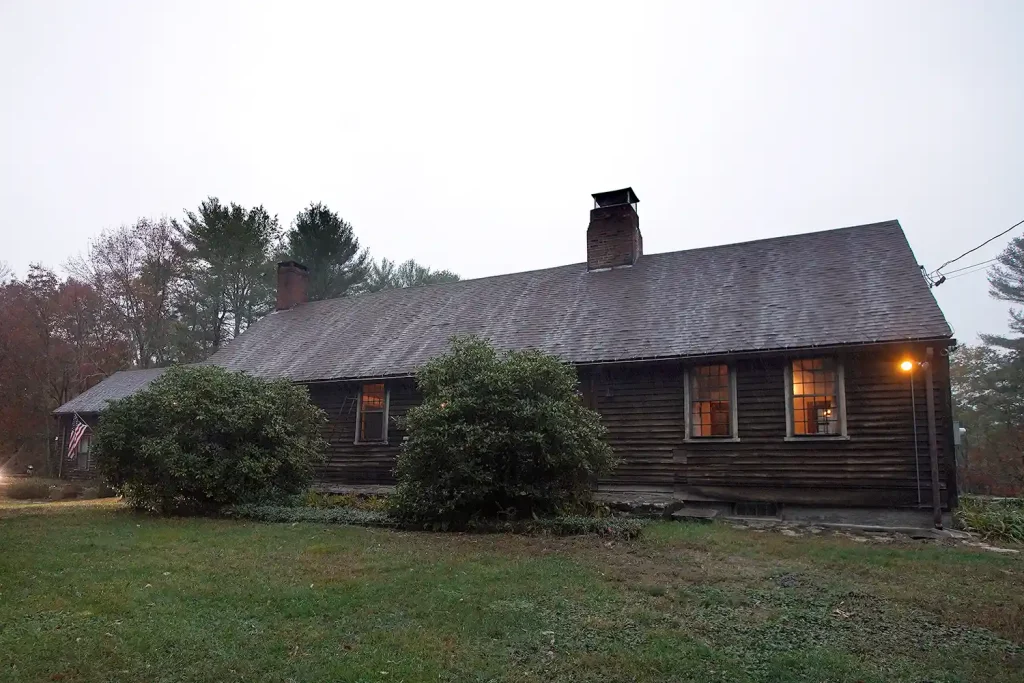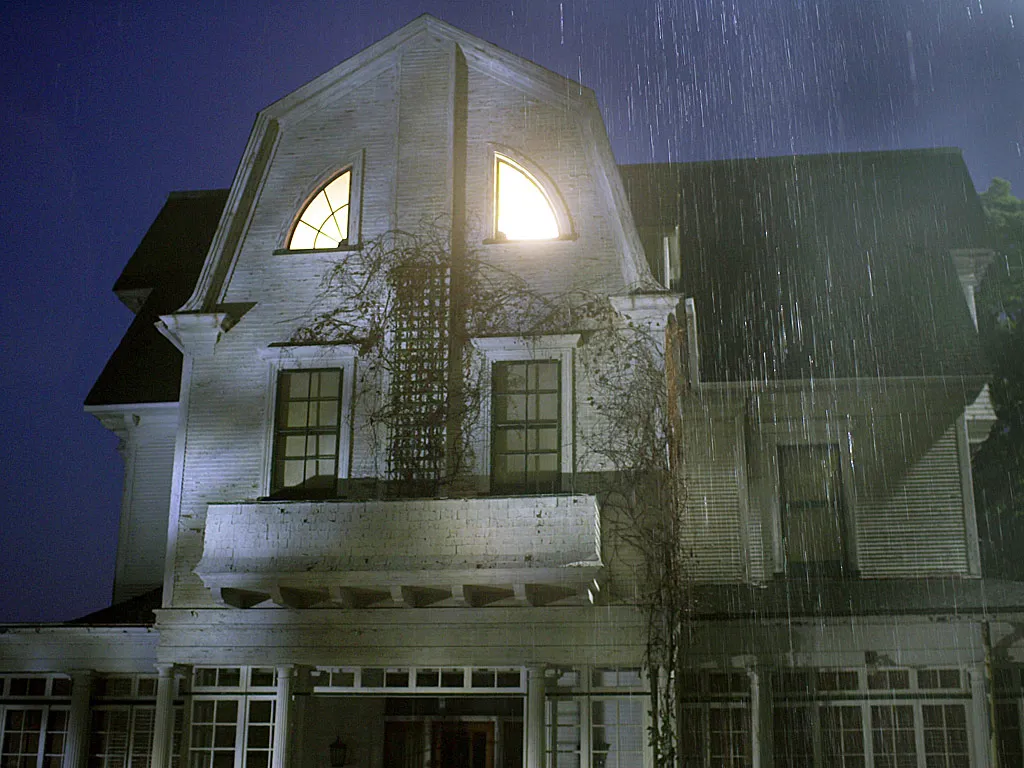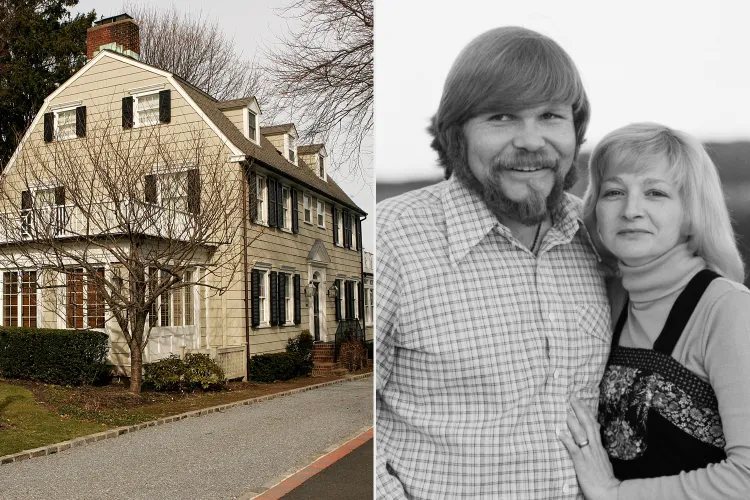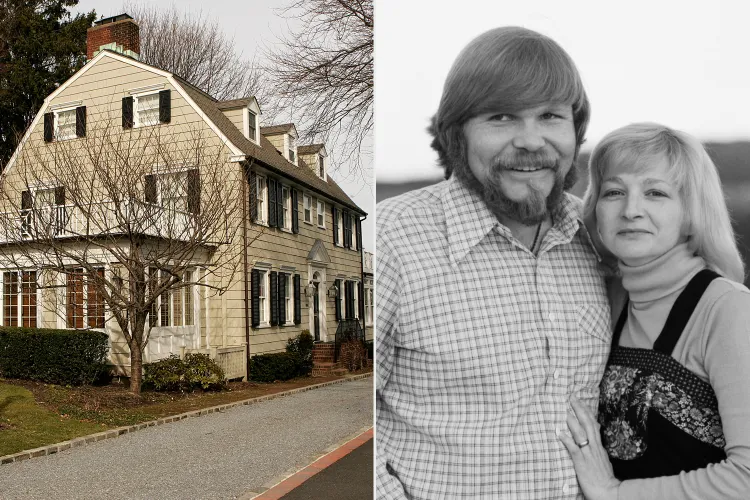What Happened to the Amityville House? Inside the Infamous Home 50 Years After the Murders and the Myths That Turned It Into a Legend
Nearly half a century after one of America’s most chilling murder cases and the spine-tingling tales that followed, the Amityville house still holds a strange grip on public imagination. Sitting quietly at 108 Ocean Avenue in Amityville, New York, the large Dutch Colonial home with its iconic eye-shaped windows looks deceptively peaceful now — a far cry from the dark stories that once defined it. But even as decades have passed, questions about what really happened there continue to linger.

The story begins in November 1974, when 23-year-old Ronald DeFeo Jr. committed an unthinkable act — he killed his entire family while they slept. Six people — his parents and four siblings — were found dead inside the home. DeFeo later claimed that voices in the house urged him to do it, a chilling statement that planted the first seeds of the home’s haunted reputation. He was convicted the following year and remained in prison until his death in 2021. But the horror didn’t end with his arrest — in many ways, it was just beginning.

Just over a year after the murders, a young couple named George and Kathy Lutz bought the home at a discounted price, moving in with their three children. What happened next became the stuff of legend. The Lutzes claimed they experienced terrifying paranormal events — green slime oozing from walls, strange noises, cold spots, and even levitations. After only 28 days, they fled the house, leaving their belongings behind. Their story inspired the 1977 bestseller The Amityville Horror by Jay Anson, which was later adapted into a blockbuster film franchise that would cement the house’s reputation as one of the most haunted places in America.

Yet, over time, the truth behind the haunting became increasingly murky. Skeptics, including investigators and some of the Lutzes’ former associates, argued that the entire story was exaggerated — or even fabricated — for profit. Paranormal believers, however, insist that something sinister truly happened within those walls, pointing to the fear and consistency in the Lutz family’s accounts. The debate between truth and myth became part of the home’s enduring mystery.

Today, the Amityville house still stands, though its infamous address has been changed and the exterior slightly altered to discourage tourists and ghost hunters. The property is privately owned and has passed through several hands since the 1970s. Most of the owners have reported no strange occurrences, describing it simply as a beautiful old home with a troubled history. Real estate records show it has sold multiple times, often at surprisingly normal market prices considering its notoriety.
For locals in Amityville, the house represents a complicated piece of history. Some wish the legend would finally fade, while others understand its strange place in American pop culture. Books, documentaries, and movies continue to revisit the story, sometimes with new claims, sometimes with new debunkings. The fascination seems eternal — fueled by a mix of tragedy, mystery, and the human tendency to find meaning in the unexplained.
Fifty years on, the Amityville house is quieter than it’s ever been. Its white siding glows peacefully under the Long Island sun, and neighbors go about their lives like any other suburban street. But for those who know its story, 108 Ocean Avenue remains more than just a house — it’s a haunting reminder of how horror, myth, and memory can intertwine until it’s impossible to tell where one ends and the other begins.
SEO tags:



